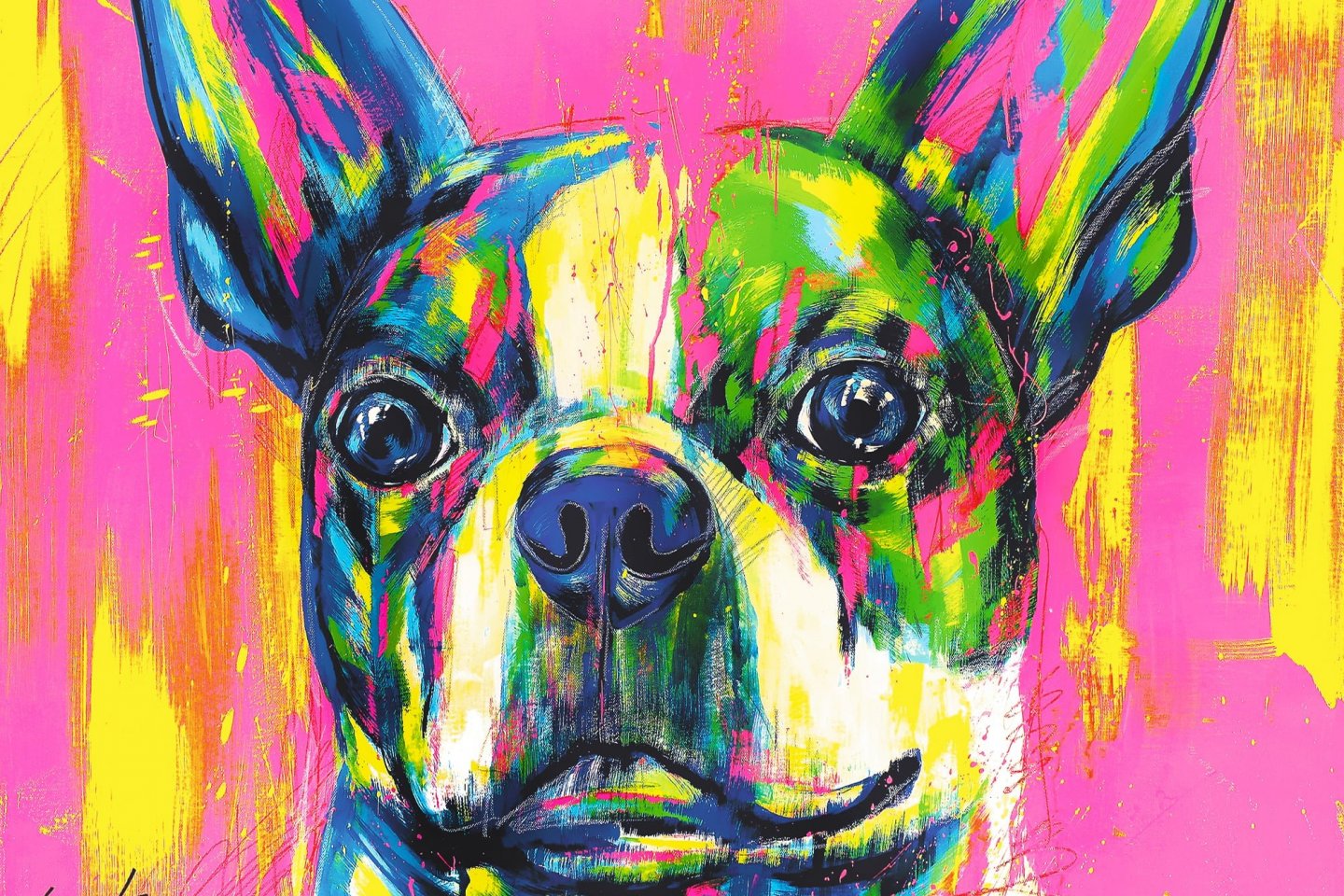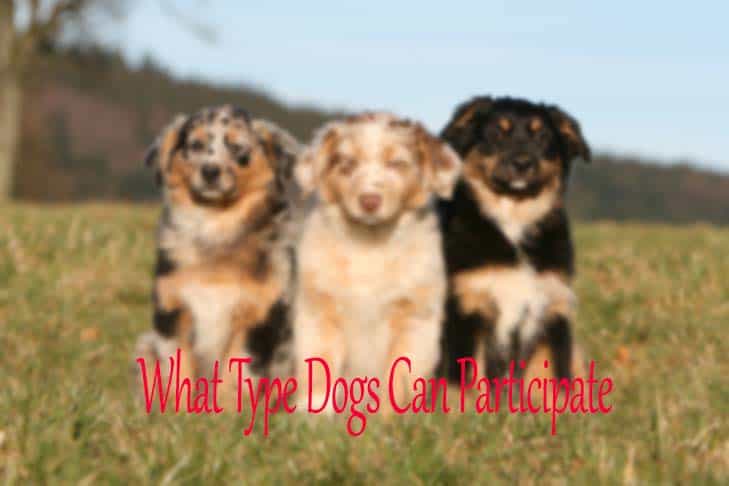Are you ready to unlock your inner artist and create paw-some drawings of man’s best friend? In this step-by-step guide, we will walk you through the process of drawing a cute and lifelike dog. Whether you’re a beginner looking to improve your drawing skills or an experienced artist searching for new techniques, this tutorial is perfect for you. From sketching the basic shapes to adding intricate details like fur and expressive eyes, we’ve got you covered. Get your pencils and paper ready as we embark on an artistic journey together. Let’s bring those adorable doggos to life on the blank canvas!
Introduction: Unleashing Your Artistic Skills
Are you ready to unleash your creativity and learn how to draw a dog? Whether you’re a beginner or looking to improve your skills, this step-by-step guide will help you create paw-some results that will impress everyone. Drawing can be a therapeutic and rewarding activity that allows you to express yourself artistically.
The Joy of Drawing
Discover the joy of bringing a furry friend to life on paper. Drawing not only allows you to capture the essence of a dog but also helps you develop patience and attention to detail, essential skills for any artist. Let your imagination run wild as you embark on this artistic journey.
Tips for Success
Before you start drawing, ensure you have the right tools – pencils, erasers, and paper. Don’t be afraid to make mistakes; they’re part of the learning process. Remember, practice makes perfect – so keep honing your skills regularly for paw-some results.

Gathering Your Supplies: What You’ll Need
Before you embark on your dog drawing journey, ensure you have the necessary supplies ready. To create a paw-some drawing, gather the following:
Drawing Paper
Start with a high-quality drawing paper that is suitable for your preferred medium. A smooth surface will allow your pencil or pen to glide effortlessly.
Drawing Tools
Invest in a set of quality pencils, erasers, and sharpeners. A range of pencils from 2H to 6B will help you achieve different tones and textures in your drawing.
Reference Images
Have reference images of dogs on hand for inspiration and guidance. These images can help you visualize the proportions and features of different dog breeds.
Patience and Creativity
Lastly, bring along your patience and creativity. Drawing takes time and practice, so don’t be discouraged by initial setbacks. Let your creativity flow!

Step 1: Outlining the Body of a Dog
When starting to draw a dog, the first step is to outline its body. Begin by sketching a large oval shape for the main body of the dog. This will serve as the foundation for the rest of the drawing.
Adding the Head and Snout
Next, add a smaller oval at one end of the large oval to represent the dog’s head. Connect the head to the body with a curved line to create the neck. For the snout, draw a small triangle shape at the front of the head.
Adding ears can also help to bring your dog drawing to life. Use triangular shapes on top of the head to represent the ears, ensuring they are proportionate to the head size. Remember to keep the shapes light and simple for now.
Sketching the Legs and Tail
Proceed by sketching the legs using straight or slightly curved lines extending from the body. Dogs have four legs, so make sure to draw all of them according to the pose you want your dog to have. Include a tail usually depicted as a curved line at the back of the body.
Step 2: Adding Facial Features with Expression
Adding facial features with expression is a crucial step in bringing your dog drawing to life. Start by sketching the eyes, nose, and mouth carefully. Eyes are the windows to the soul, so make them expressive. Experiment with different shapes and sizes to convey emotion.
Sketching the Eyes
Begin by drawing the shape of the eyes. Add details such as pupils and highlights to make them realistic. Remember, eyes can convey different emotions like joy or sadness.
Outlining the Nose and Mouth
Next, carefully outline the nose and mouth. The nose can be a triangle or oval shape, depending on the breed. Add details like nostrils and a wet shine for realism.
Step 3: Detailing the Fur and Tail
When it comes to capturing the essence of a dog, detailing the fur and tail plays a crucial role in bringing your drawing to life. Pay close attention to the texture and direction of the fur to ensure a realistic depiction.
Adding Fur Texture
Start by layering short, quick strokes to mimic the softness of fur. Use a lighter shade for the undercoat and gradually build up darker tones to create depth and dimension. It’s important to vary the length and direction of your strokes to achieve a natural look.
Shaping the Tail
When detailing the tail, consider the breed of the dog you are drawing. Some breeds have bushy tails, while others have sleek, tapered tails. Pay attention to the curvature and thickness of the tail to accurately represent the breed characteristics.
- For bushy tails, use longer strokes and gradually increase the volume towards the tip.
- For sleek tails, focus on smooth lines and gentle curves to achieve a streamlined look.
Step 4: Bringing Your Dog to Life with Color
Once the outline of your dog drawing is complete, it’s time to add some color to bring your furry friend to life. Select your favorite colors and imagine what coat color your dog will have. Will it be a classic brown or a unique blue?
Choosing the Right Colors
Start by mixing different colors to find the perfect shade for your dog’s fur. Consider adding shades and highlights to create depth and dimension.
Adding Details and Textures
Use fine-tipped markers or colored pencils to add intricate details like fur texture or expressive eyes. Experiment with different techniques to make your dog drawing more realistic.
- Blend colors smoothly for a seamless finish.
- Emphasize shadows and light using darker and lighter shades.
Tips for Success: Tricks of the Trade
When it comes to mastering the art of drawing a dog, following these tips can help you achieve paw-some results. From beginners to experienced artists, these tricks of the trade are essential for creating realistic and adorable dog illustrations.
Practice Regularly
Repetition is key to improving your drawing skills. Set aside dedicated time each day to practice sketching different dog poses and breeds. Consistency is crucial in honing your craft.
Study Dog Anatomy
Understanding the basic structure of a dog’s body is fundamental for drawing accurate depictions. Focus on proportions and muscle details to capture the essence of the canine form. Utilize online resources or anatomy books for reference.
Frequently Asked Questions
- What materials do I need to draw a dog?
- To draw a dog, you will need paper, a pencil, an eraser, and optional coloring materials like markers or colored pencils.
- How do I start drawing a dog?
- Begin by sketching the basic shapes that make up the dog’s body, such as circles and ovals to outline the head, body, and limbs.
- How can I add details to make my dog drawing realistic?
- To make your dog drawing more realistic, pay attention to details like fur texture, facial features, and posture. Study reference images to enhance accuracy.
- What are some tips for drawing a dog’s face?
- When drawing a dog’s face, focus on capturing the eyes, nose, ears, and mouth accurately. Pay attention to proportions and expressions for a lifelike portrayal.
- How can I improve my dog drawing skills?
- Practice regularly, study different dog breeds, experiment with various poses and expressions, and seek feedback from others to enhance your dog drawing skills.
Final Thoughts
Learning how to draw a dog can be both fun and rewarding, allowing you to unleash your creativity and connect with these lovable animals on a whole new level. By following our step-by-step guide, you now have the skills to create paws-itively impressive dog drawings that capture the essence of man’s best friend. Remember, practice makes perfect, so don’t be afraid to keep sketching and experimenting with different techniques. Whether you’re a seasoned artist or just starting out, the key is to enjoy the process and express yourself through your art. So, pick up your pencil, show me how to draw a dog, and let your imagination run wild!



